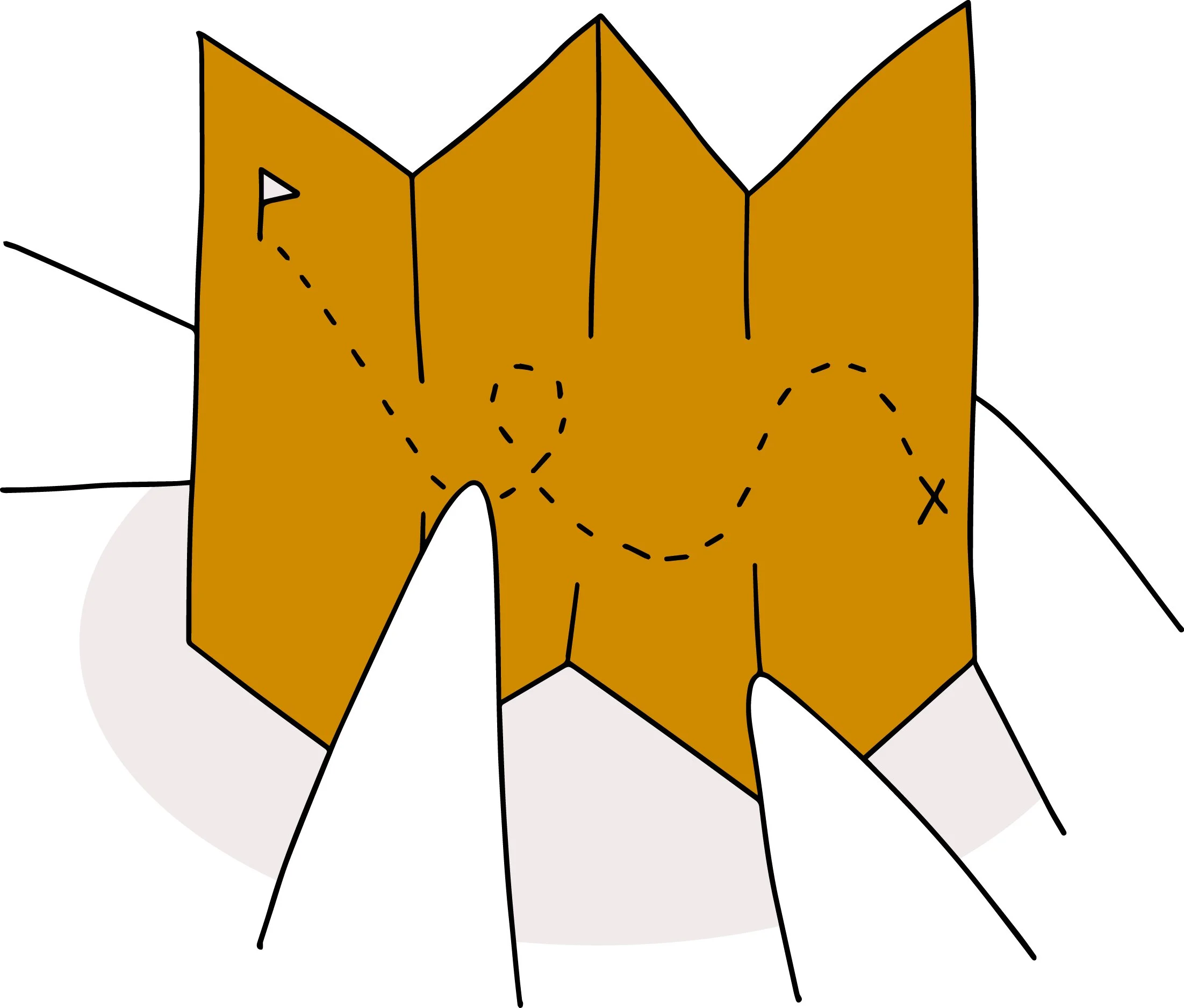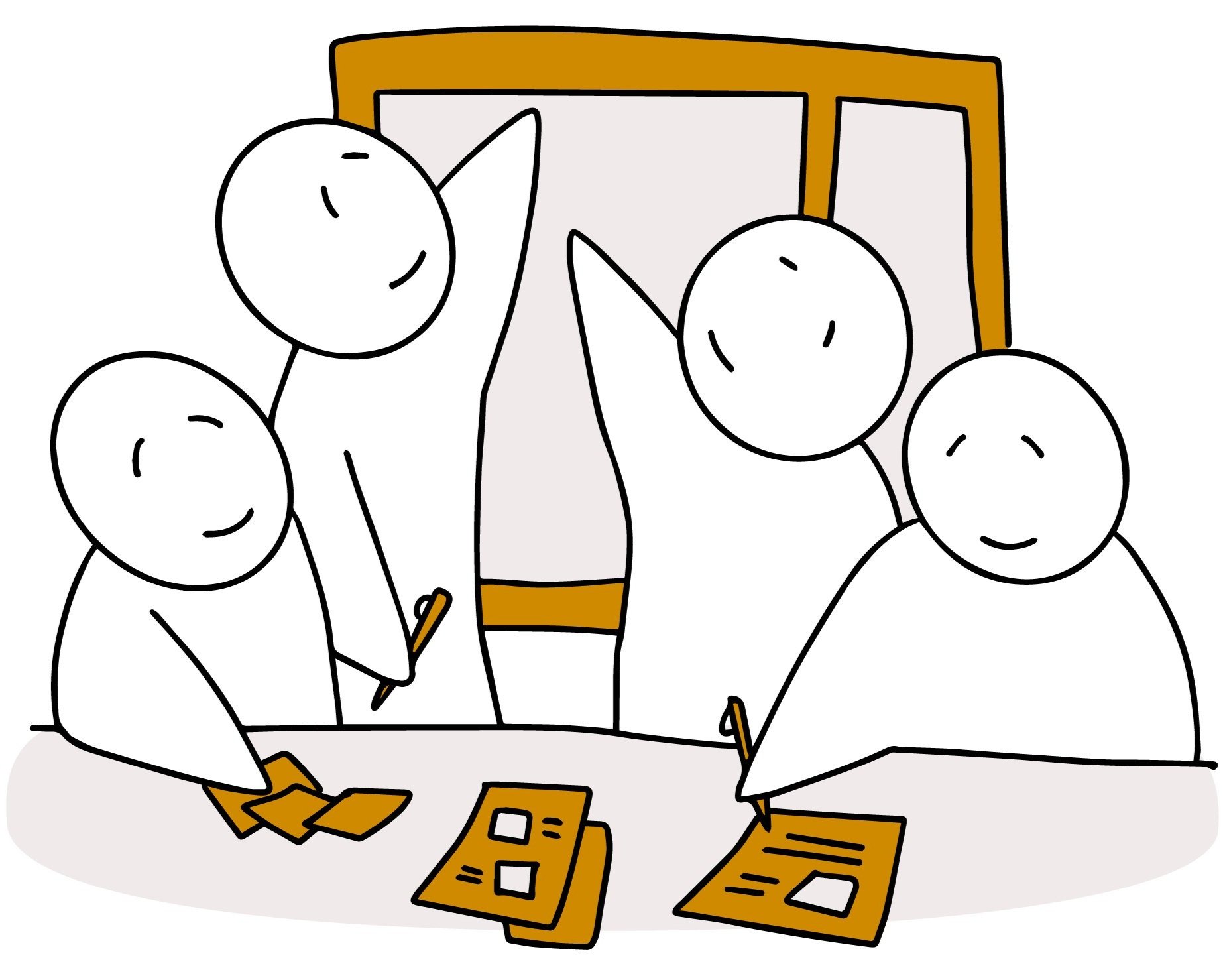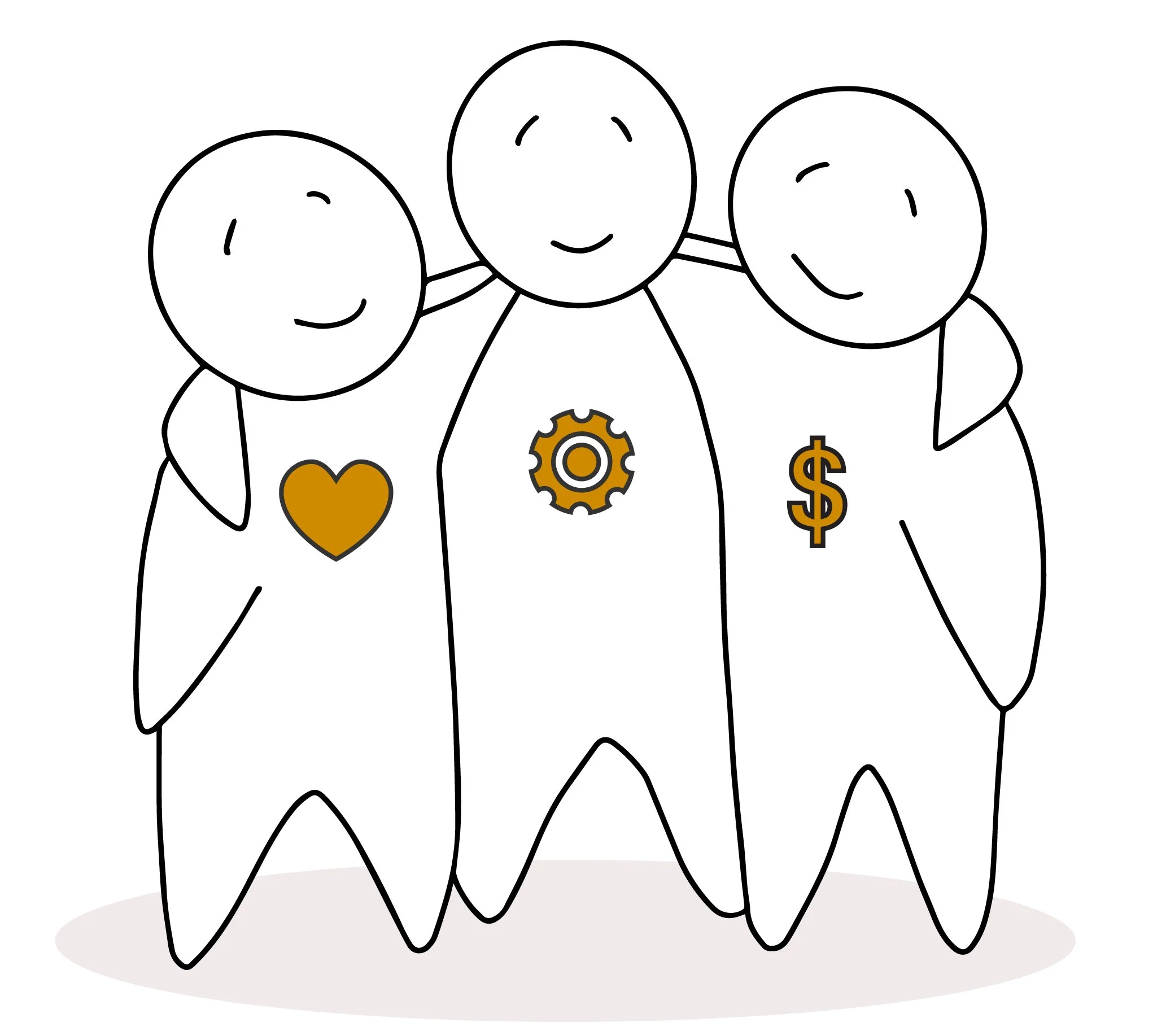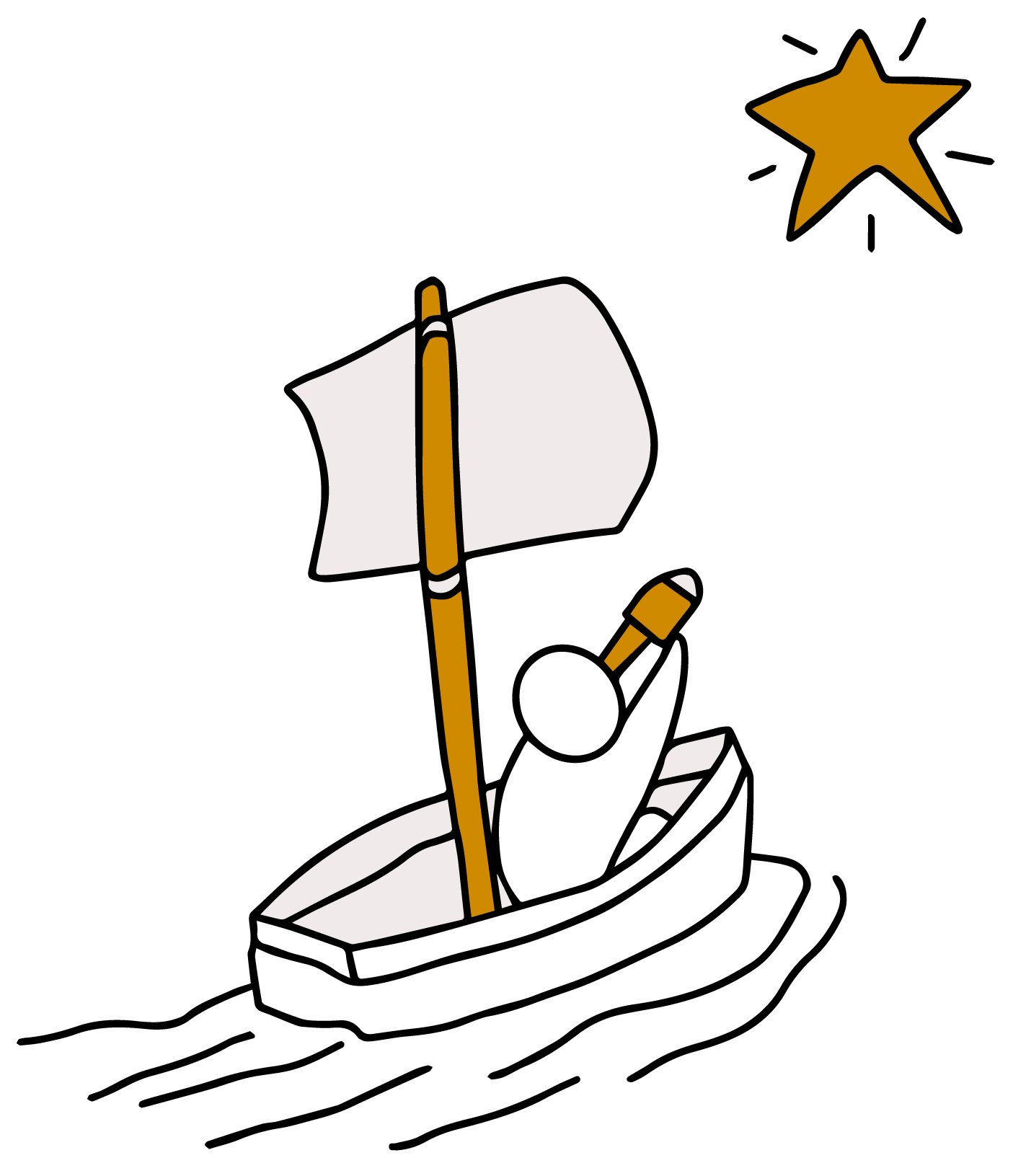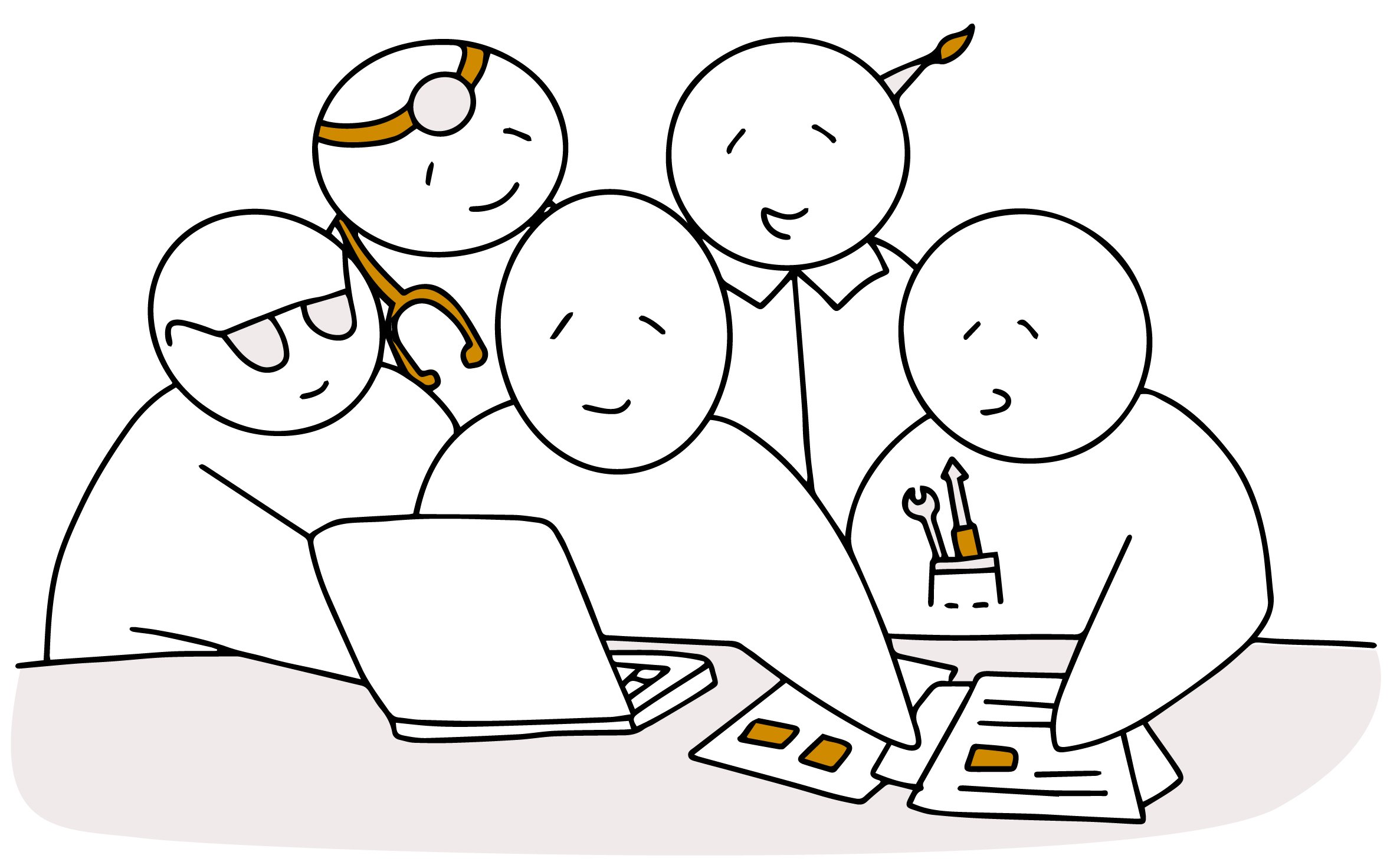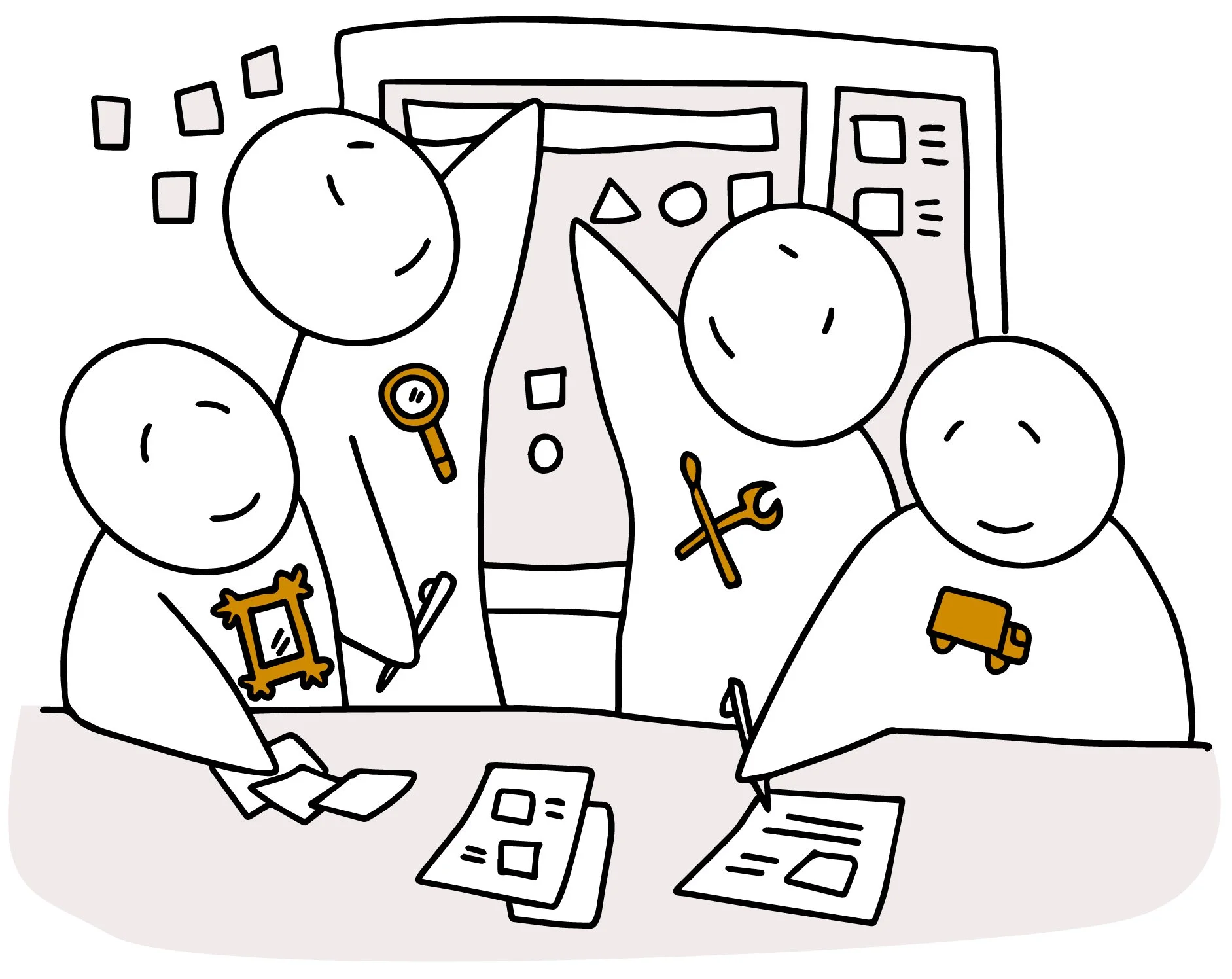We work together with you to create winning products and services and this is how we do it.
We create clarity, reduce risk and maximise your competitive advantage. We stand in opposition to “innovation theatre”. That means no flashy ideas, just workable solutions. We work side-by-side with your team to solve your customers’ real problems and we’ll teach you exactly how we do it using human-centred design methodologies. Your project won’t just create a winning solution; your team will be up-skilled in design and problem-solving skills that effect lasting change. Plus, our in-agency digital and strategy expertise means that the solution we develop together will work in your organisation and in the market, delivering impact and driving growth.
We use breadth and focus for a deep understanding
We will go as broad as needed to build a deep understanding of you needs. We will also take a focused approach for designing specific experiences and solutions, incorporating strong human centred design practices.
We utilise you & your clients expertise to build solutions
We learn from and co-design with your SMEs and stakeholders to promote early buy-in. We go deep to understand your clients and their needs so that we can build solutions they love.
We work in partnership with you throughout the journey
We work transparently and collaboratively with you throughout the whole project. We utilise tools and processes to allow for seamless teamwork and clarity at each stage, so you know exactly whats happening. Our team is combined with core members of your organisation to create a truly embedded working relationship.
We validate ideas and solutions before any implementation
We will focus on creating solutions that are Desirable for your customers. We will also assess solutions through the lenses of Feasibility and Viability so that they are sustainable and reflect long-term investment value.
You don’t need to go big
Leaps of Logic | De-risking your implementation
How do organisations innovate in a less risky way? Many organisation- attempt to innovate by taking “a leap of faith”, where they hope business case assumptions will be proven correct and will hopefully deliver successful outcomes. Instead, we suggest a Leaps of Logic approach which helps to build certainty by taking incremental steps in a logical path from a problem towards a solution. The process consists of smaller steps based on real-time evidence that builds more confidence that the organisations is focussed on the right problem, while at the same time reducing the number of assumptions and therefore risk. This helps organisations ensure their growth initiatives are much more likely to be well received in the market, and therefore successful for the business. The best solutions are the ones that have their audience at their centre. Leaps of Logic helps you start from your audience’s point of view and design from there.
DVF | Validating the desirability, viability, feasibility of your solutions
Do people want it? Does it make business sense? Can we deliver it?
The desirability, viability and feasibility framework establishes a holistic approach to validate the likelihood of the product/service being successful and scalable in market. Various methods can be applied across the desirability, viability and feasibility framework. By surfacing and managing key assumptions, risks and gaps in knowledge, we can inform decision making and increase the likelihood of success. Desirability establishes if people want the solutions. The role of desirability is to validate whether the solution is solving a problem/satisfying a need that creates enough value to attain and retain new and existing customers. Viability establishes if the solutions makes business sense. The role of viability is to validate whether your solution can service an attractive market, generate significant revenue and/or satisfy strategic objectives that outweigh the cost of operations and scale to its desired size. Feasibility establishes if the client can deliver the solution. The role of feasibility is to validate whether you have the internal capabilities and resources and/or external network and/or capabilities to deliver the product to market.
North Star | Pinpoint and orient towards your goals
The analogy of the North Star is used to explain how organisations can successfully pinpoint their goals and orient their direction. The purpose of the North Star process is to allow us to ‘Imagine our desired or ideal future,’ regardless of whether it is achievable with the technology and financial resources of today. For example; If you are lost in a forrest at night, you follow the North Star to orient you on where you need to go to get to your desired location. The same principle applies in the corporate world. Every company and initiative should have a North Star; an ambitious proposition depicting where you want to be in 5-10 years (or even longer horizon) from which they can then backcast where they need to be today, in 6 months, 2 and 5 years. Even if you fail with a small initiative (leaps of logic), you will be able to recover if you know what your North Star is. We help envision a north star for the future and a goal to work towards. Concepts are designed backwards from the ideal solution in stages that are progressively more attainable today.
To establish a North Star we need to:
Clarify the WHAT – what exactly is it that your organisation does – it’s products and services
Clarify the WHY – why do you deliver these products and services – what is the purpose of them – your North Star
Clarify the HOW – how are you going to ensure that you can enable the WHY – these constitute ‘promises’ or ‘commitments’ that you will make to your customers
Clarify the ‘DESIRED CUSTOMER EXPERIENCE’ – if you can do the WHAT, WHY and HOW perfectly, what would be your simple description of the way you want your customers to FEEL?
Co-Design | Working with the people who know the problem best
WAVE adopts co-design processes throughout our projects which allow us to draw expertise from subject-matter experts across the client's organisation or industry at key stages of the customer journey in order to assist to generate new ideas for solving the problem. The co-design process allows us to immerse ourselves in the context of the people we are trying to help. We do this by arranging workshops where subject matter experts are invited to share their knowledge, experiences, stories focussing on specific events or examples. We empower these subject matter experts with the required tools to communicate what an ideal experience would look like from their perspective and unpack the reasons why. When we are referring to subject matter experts, we are referring specifically to those people who have a lived experience with the problem we are solving for. Using a co-design process means we can go deep to understand your clients and their needs so that we can build solutions they love.
Innovation Process | Using methodologies that build clarity and confidence
We use a framework called the Human Centred Design (HCD) Framework to identify problems and develop solutions for our clients. [This four-phase process drives the creation of solutions using HCD methodology.] We structure all our work in four steps that are called Frame, Discover, Create, Deliver. In Frame, we align on the problem we are solving, before deeply understanding the human context in the next stage, Discover, where we learn from in-context research to reframe the problem and identify opportunities for improvements. In Create, we use creativity to explore the abstract, challenge assumptions and generate ideas on how to best solve the problem. In Deliver, we iteratively refine the ideas through prototyping, experimentation and testing, ultimately delivering concrete solutions that work in the real world.


